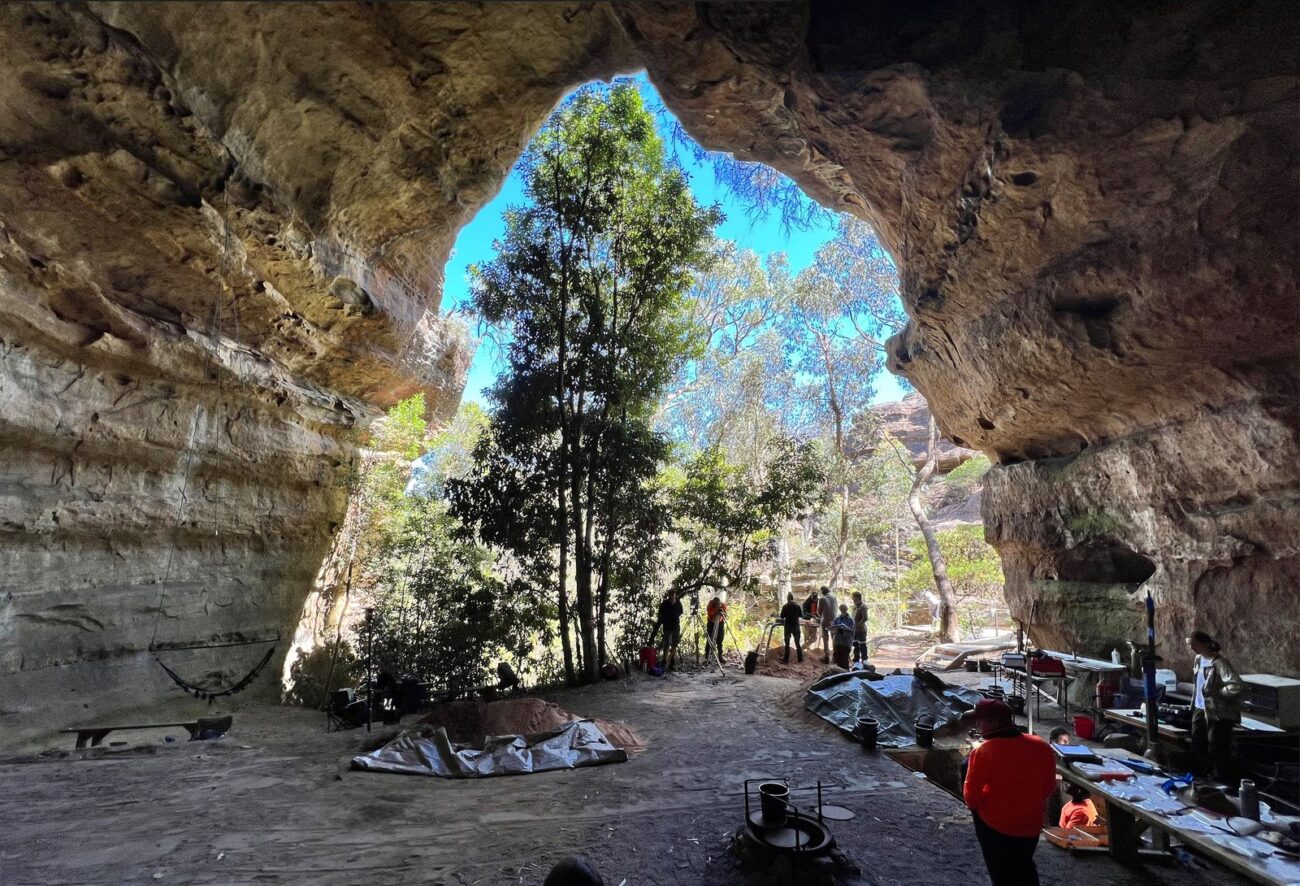
"The LGM was the coldest period of the most recent ice age. At that time in the Blue Mountains, temperatures above the periglacial limit-the altitude above which conditions were too cold and barren to support human habitation-were at least eight degrees Celsius colder than today. The treeline sat hundreds of meters below the cave, leaving little firewood, and water sources were frozen in the winter."
"The excavation took place in Dharug Country in the Blue Mountains, a region of deep importance to many Aboriginal communities. Custodians from Dharug and other Aboriginal communities called the Wiradjuri, Gomeroi, Darkinjung, Dharawal, Wonnarua and Gundungara maintain traditional connections to the land, and their knowledge and input was central to the research. Wayne Brennan-a Gomeroi knowledge holder, First Nations mentor in archaeology at the University of Sydney, and one of the study authors-initiated the research and helped obtain the excavation permit."
Sites above 700 meters in Australia were inhabited during the Last Glacial Maximum (26,000–19,000 years ago). Excavations at Dargan Shelter recovered almost 700 artifacts that indicate repeated occupation dating to about 20,000 years ago and links with nearby populations. High-elevation conditions were markedly colder—at least eight degrees Celsius below modern temperatures—with the treeline hundreds of meters below the shelter, scarce firewood and winter-frozen water. Occupants built hearths, shaped stone tools, and transported raw material from sources up to 150 kilometres away. Custodial knowledge and input from Dharug, Wiradjuri, Gomeroi, Darkinjung, Dharawal, Wonnarua and Gundungara communities were central to the excavation and permitting.
Read at State of the Planet
Unable to calculate read time
Collection
[
|
...
]